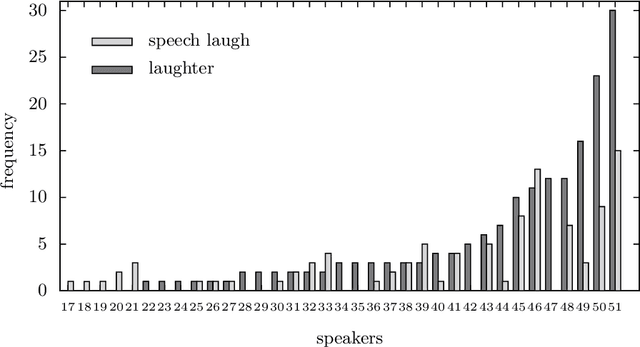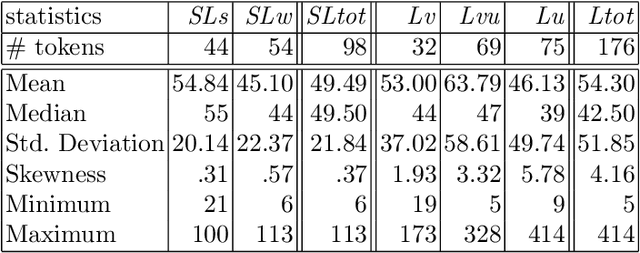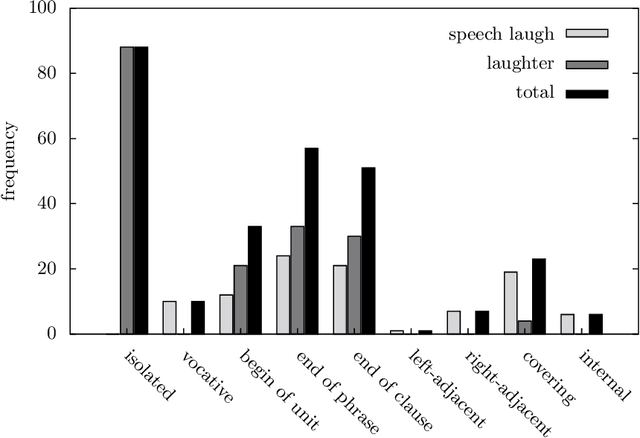On Laughter and Speech-Laugh, Based on Observations of Child-Robot Interaction
Paper and Code
Aug 30, 2019



In this article, we study laughter found in child-robot interaction where it had not been prompted intentionally. Different types of laughter and speech-laugh are annotated and processed. In a descriptive part, we report on the position of laughter and speech-laugh in syntax and dialogue structure, and on communicative functions. In a second part, we report on automatic classification performance and on acoustic characteristics, based on extensive feature selection procedures.
* 25 pages, 3 figures
 Add to Chrome
Add to Chrome Add to Firefox
Add to Firefox Add to Edge
Add to Edge